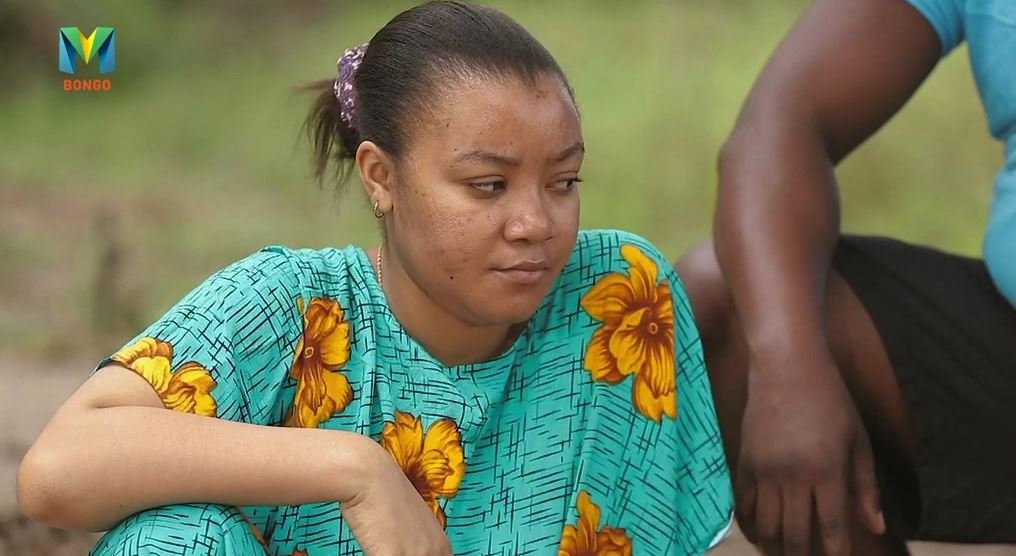How to Keep Your Home Appliances Running Longer in Kenya: Real Talk on Fridge Care, Washing Machine Tips & More
Let’s be honest — in Kenya, appliances are an investment. A decent fridge costs the same as two months’ rent, a washing machine can set you back KSh 40,000+, and when KPLC hits you with surges or the coastal humidity creeps in, things break fast. But with a few simple habits (that take 10–15 minutes a month), you can easily add 3–7 extra years to your fridge, cooker, microwave, TV, or washing machine. Here’s the no-fluff appliance maintenance Kenya guide that actually works in our dusty, hot, power-unstable reality.
1. Fridge Care Kenya – The Heart of Every Kitchen
Your fridge runs 24/7, so small issues become big bills quickly.
Do This Monthly:
- Pull it out and clean the condenser coils at the back (black grill). In Nairobi’s red dust or Mombasa’s salty air, they clog in weeks. Use a soft brush or vacuum — this alone can cut power use by 30% and stop overheating.
- Check the door seals. Put a KSh 10 note in the door — if it pulls out easily, replace the rubber (KSh 2,500–6,000 depending on model). Leaky seals make the compressor overwork.
- Set temperature right: Fridge 3–5°C, freezer –18°C. Every extra degree adds 10–15% to the bill.
- Defrost manual-defrost models before ice gets thicker than 5 mm. Ice acts like insulation and forces the motor to run longer.
- Leave 10 cm space at the back and sides for airflow — many people push fridges against the wall and wonder why they die early.
Kenya Bonus Tip: Use a voltage stabilizer (KSh 3,000–8,000) or surge protector. KPLC spikes are the #1 fridge killer.
2. Washing Machine Tips Kenya – Survive Hard Water & Power Cuts
Hard water in Nairobi, Kitengela, and most estates is brutal on machines.
Do This Every 1–3 Months:
- Run a hot “tub clean” cycle with 500 ml white vinegar or a KSh 300 descaler sachet (available at Naivas/Carrefour). This removes limescale that destroys the heating element.
- Clean the detergent drawer and door seal — mould loves our humidity.
- Leave the door open after every wash to dry the drum (prevents that nasty smell).
- Don’t overload — 80% full max. Overloading strains the motor and bearings.
- Level the machine properly with a spirit level (KSh 200 in hardware). If it’s dancing during spin, the shock absorbers wear out fast.
Pro Move: If you’re in a hard-water area, install a cheap water softener filter on the inlet hose (KSh 1,500–3,000) — it pays for itself in 18 months.
3. TV & Home Entertainment – Dust + Heat = Death
LED/LCD TVs hate two things we have in plenty: dust and heat.
Do This:
- Clean the vents at the back every 2 months with a soft brush.
- Never cover with cloth or place in enclosed cabinets without ventilation.
- Use a KSh 2,000–4,000 stabilizer — a single surge can fry the motherboard (repair KSh 15,000+).
- Keep brightness below 70% — high brightness shortens backlight life.
4. Microwave, Kettle, Iron & Small Appliances
- Microwave: Wipe inside after every use, clean the waveguide cover monthly.
- Electric kettle: Descale every 2–3 weeks with vinegar or lemon — limescale makes it draw more power and burn the element.
- Iron: Empty water after use (prevents mineral buildup), clean soleplate with vinegar paste.
5. General Kenya-Specific Appliance Hacks
- Stabilizers are non-negotiable: Get a Sollatek, Armco or Mercury 1000VA+ for fridge/TV (KSh 4,000–12,000).
- Dust is enemy #1: Cover appliances when not in use, especially during dry season.
- Schedule a professional service once a year (KSh 2,000–5,000) — many technicians in Nairobi/Mombasa do home visits.
- Keep receipts & warranty cards — brands like Samsung, LG, Ramtons, Von Hotpoint give free or subsidized service in year 1–2.
Quick Monthly Checklist (Takes 30 Minutes Total)
- Clean fridge coils
- Run washing machine descale cycle
- Dust TV & decoder vents
- Check all plugs & cables for wear
- Wipe microwave inside
- Descale kettle
Do these and your appliances will easily outlive the loan you took to buy them. Your wallet (and the planet) will thank you.
Got a specific appliance giving you drama? Drop it below — I’ll tell you the exact fix we use here in Kenya. Stay cool and keep those machines running! ⚙️🇰🇪
HUBA MAISHA MAGIC BONGO 19TH NOVEMBER 2025 WEDNESDAY LEO USIKU SEASON 14 EPISODE 107










You must be logged in to post a comment.